
Traditionally, automation requires a sizable investment and integration risks. RaaS empowers manufacturers to let someone else adopt the risks in exchange for an…
Traditionally, automation requires a sizable investment and integration risks. RaaS empowers manufacturers to let someone else adopt the risks in exchange for an hourly or monthly subscription rate.
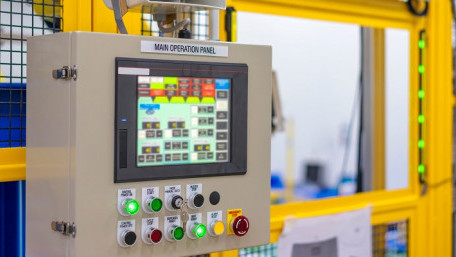
An overview of HMI data types, input controls, output indicators, and message functions, the building blocks used to…
An overview of HMI data types, input controls, output indicators, and message functions, the building blocks used to construct informative and appealing HMI applications.
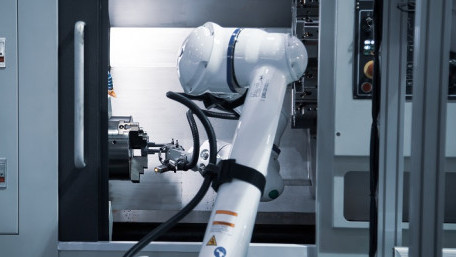
Cobots have recently been hailed as one of the latest and greatest innovations in production and manufacturing…
Cobots have recently been hailed as one of the latest and greatest innovations in production and manufacturing automation. But are collaborative robots living up to their reputation? Control.com investigates the benefits and drawbacks of these versatile industrial machines.
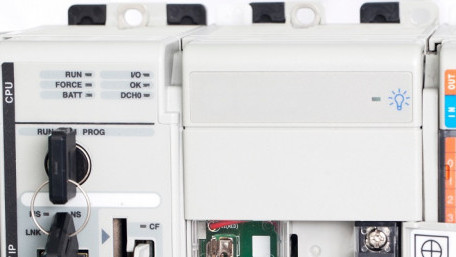
A PLC can be placed in Run or Stop, or occasionally Program mode, usually through physical or virtual methods. But what…
A PLC can be placed in Run or Stop, or occasionally Program mode, usually through physical or virtual methods. But what do these modes mean, and when should they be used?

PygWalker is a useful tool to visualize data, with advanced features to make the data more constructive. This tutorial…
PygWalker is a useful tool to visualize data, with advanced features to make the data more constructive. This tutorial continues using the milling machine predictive maintenance dataset.
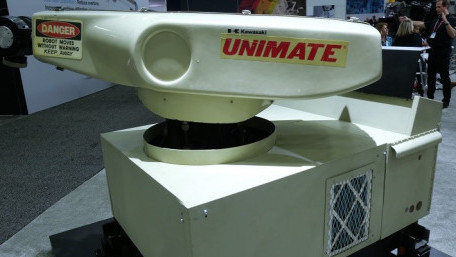
Most commercial control technologies have fascinating histories, especially industrial robots. Here’s the story behind…
Most commercial control technologies have fascinating histories, especially industrial robots. Here’s the story behind the development of Unimate, the world’s first.
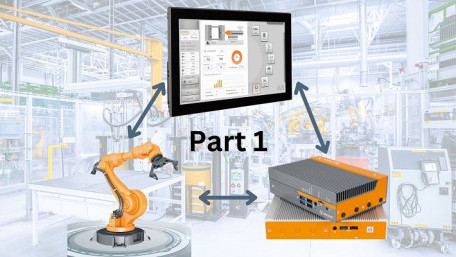
A walkthrough and discussion of a simple web-based HMI solution that could modernize your current HMI technology stack.…
A walkthrough and discussion of a simple web-based HMI solution that could modernize your current HMI technology stack. The first step in the process involves sending data from a device to a server.
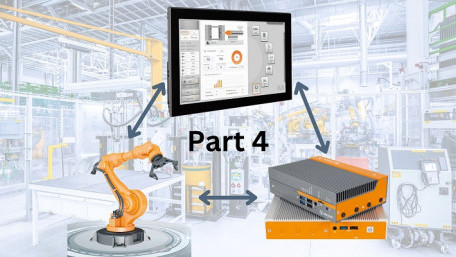
Refining and integrating a front-end HMI application to an API middle layer with real-time data display and historian…
Refining and integrating a front-end HMI application to an API middle layer with real-time data display and historian capabilities for short-term data visualization.
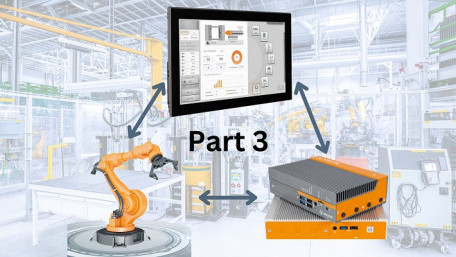
Learn the first steps in focusing on the integration of a front-end HMI application to an API middle layer.
Learn the first steps in focusing on the integration of a front-end HMI application to an API middle layer.
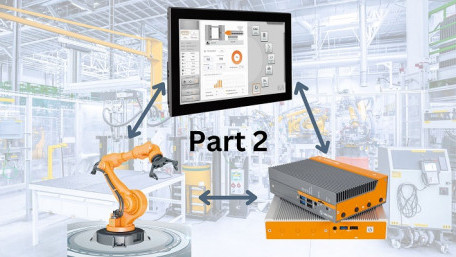
The middle layer, or API layer of a custom-built HMI project involves a server that can submit or receive data to and…
The middle layer, or API layer of a custom-built HMI project involves a server that can submit or receive data to and from a device, either to provide the user interface or interact with the machine.
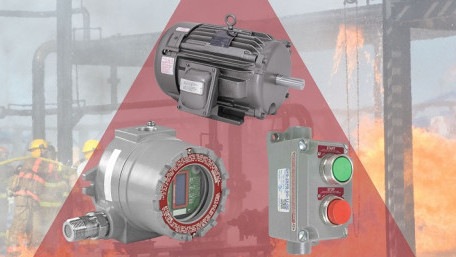
Some workplaces are more dangerous than others, not because of the practices, but rather the products. Where do…
Some workplaces are more dangerous than others, not because of the practices, but rather the products. Where do explosions occur, and what practices exist to reduce such risk for equipment and workforce?
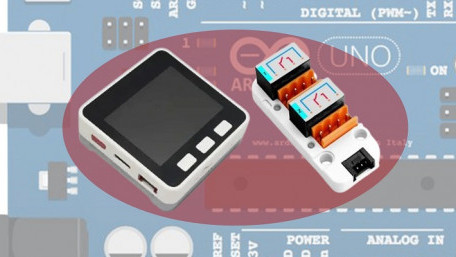
Triggering a machine by an external event often requires a pulse timer for OpenPLC Pulse Timer control. Here’s a brief…
Triggering a machine by an external event often requires a pulse timer for OpenPLC Pulse Timer control. Here’s a brief tutorial on how an M5Stack Core can offer a simple, effective low-cost Arduino OpenPLC HMI solution.

Driving motors is one of the most fundamental automation tasks, but understanding and selecting the proper motor soft…
Driving motors is one of the most fundamental automation tasks, but understanding and selecting the proper motor soft starter for your application may require more investigation than you thought.
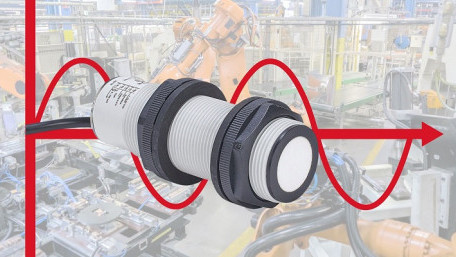
Many articles address the wiring and implementation of analog control signals, but where are they used, and what might…
Many articles address the wiring and implementation of analog control signals, but where are they used, and what might make them a better (or perhaps worse) decision than digital input/output devices?
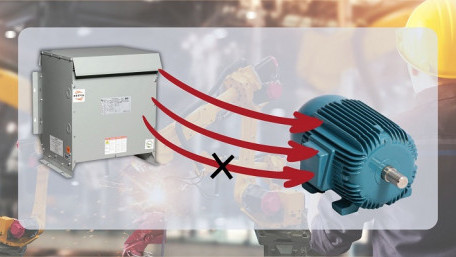
Using the right motor for the right task is critical - but what happens if the motor is connected to the wrong supply? It…
Using the right motor for the right task is critical - but what happens if the motor is connected to the wrong supply? It is never recommended, but important to quickly understand symptoms of incorrect wiring.
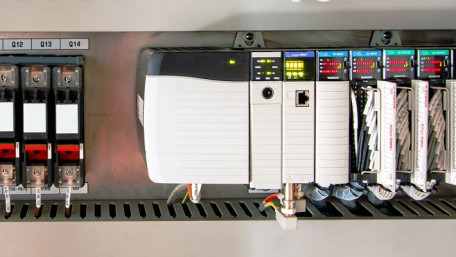
Digital signals hold a prominent position due to their compatibility with computers. But what are digital signals, and…
Digital signals hold a prominent position due to their compatibility with computers. But what are digital signals, and what are some examples of the various devices used with digital inputs and outputs?
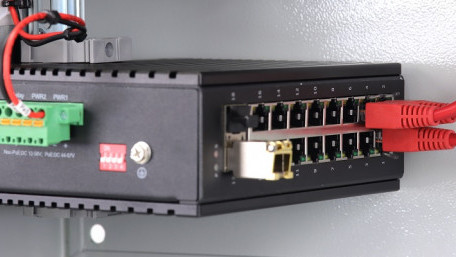
Virtual networks can connect or isolate various local control networks through configuration of a managed switch. Why…
Virtual networks can connect or isolate various local control networks through configuration of a managed switch. Why would we use VLANs, and how can you segment a network switch to create a VLAN?

Ground wires reduce the risk of injury and damage from faulty equipment. Shops designing according to the UL 508A…
Ground wires reduce the risk of injury and damage from faulty equipment. Shops designing according to the UL 508A standard must understand how, when, and why to properly ground and bond circuits.
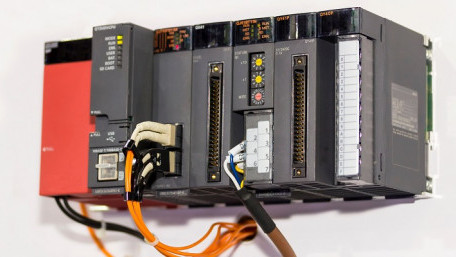
Structured Text (ST) is one of the common IEC programming languages that can be used in programming PLCs. Learn how to…
Structured Text (ST) is one of the common IEC programming languages that can be used in programming PLCs. Learn how to use structured text to write executable programs for MELSEC’s FX series PLC.
Compliance and compensator devices are used in processes where variation and uncertainty are prevalent. What sorts of…
Compliance and compensator devices are used in processes where variation and uncertainty are prevalent. What sorts of compliance devices are used, and what distinct advantages are held by each?
